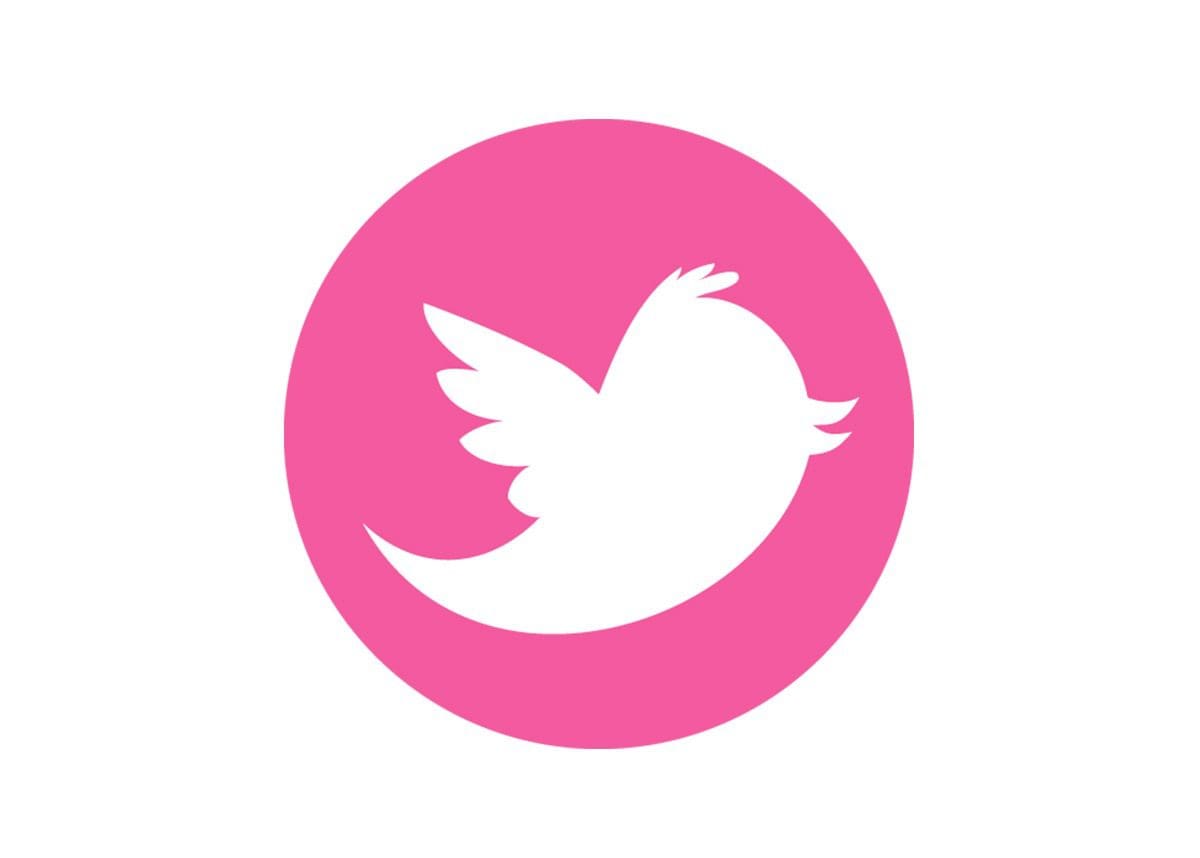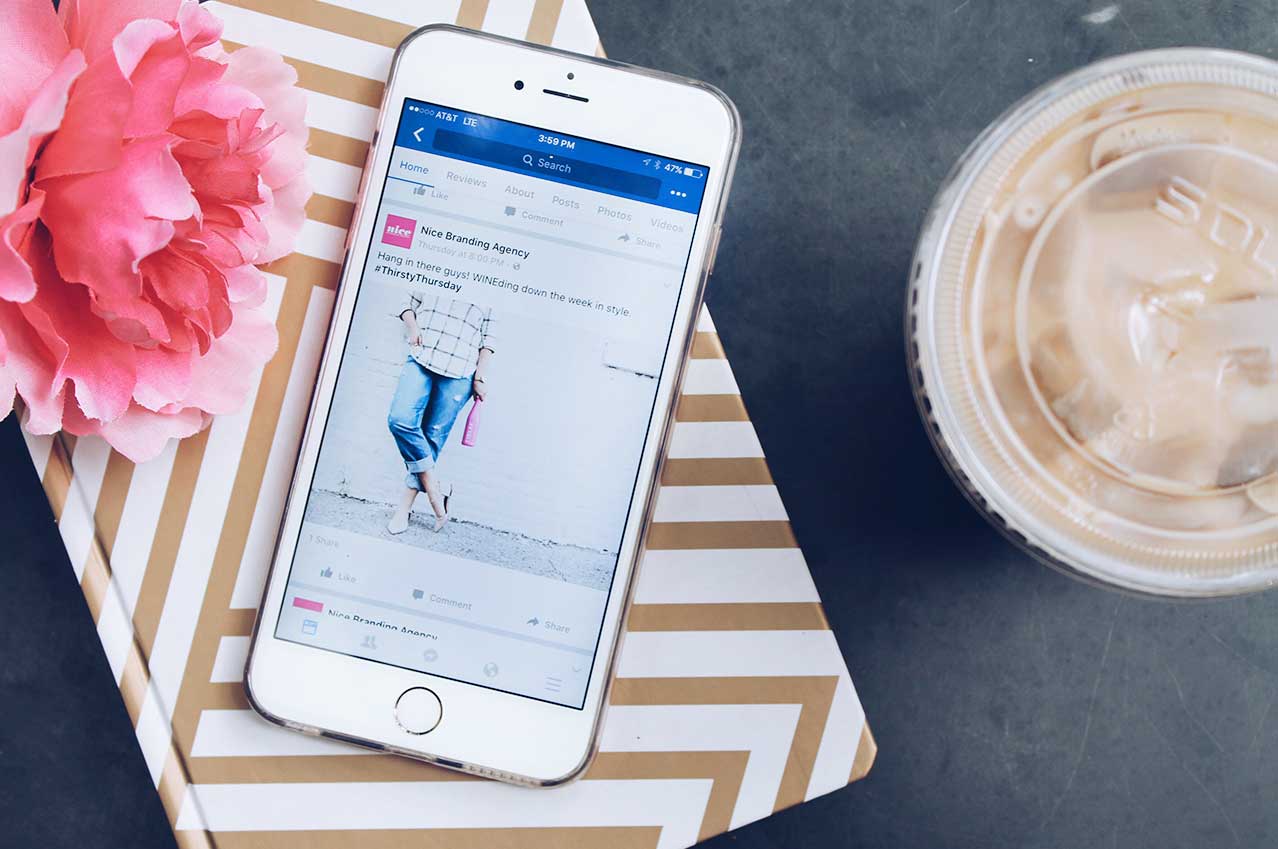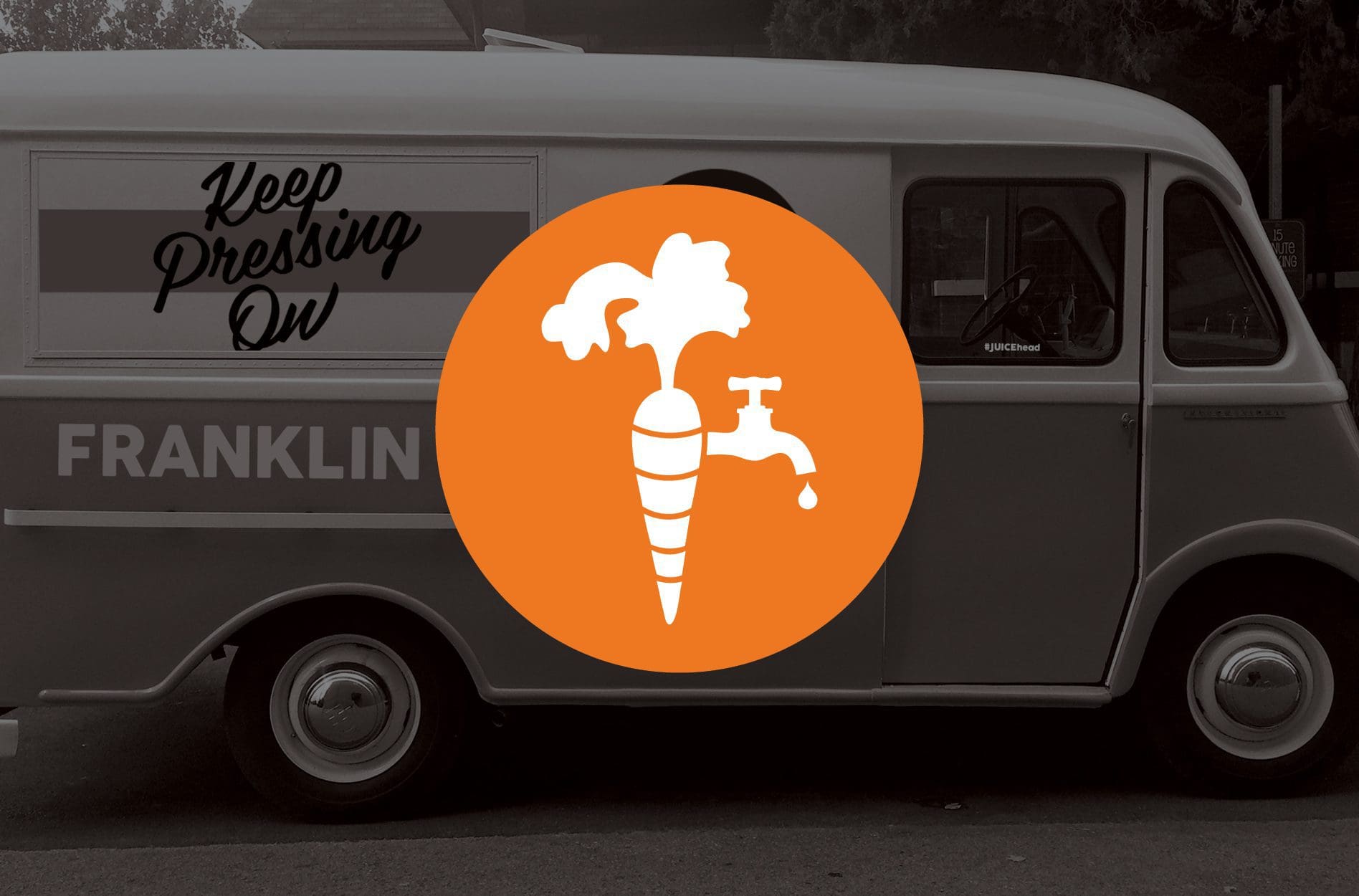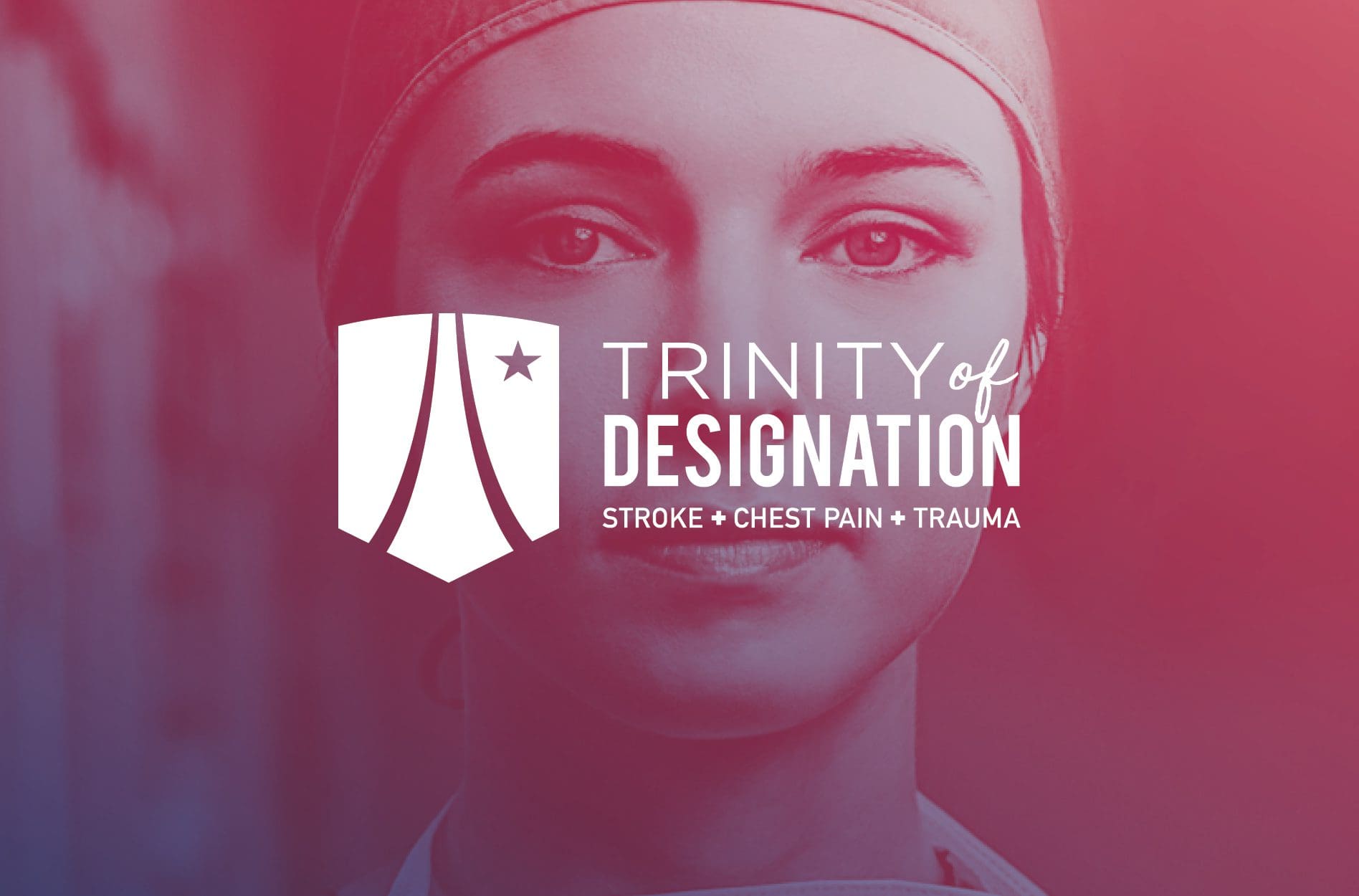Twitter Advertising: What You Need to Know
Twitter Advertising turned five years old a couple of months ago! In honor of this momentous event, we’re going to continue our social media advertising series with the basics of Twitter Advertising, because they have grown a lot in five years, and we're pretty proud.
Twitter is one of the top players in the social networking world, with over 230M active monthly users that use it for a good portion of the day to discuss what’s going on in the world, be it current events, television shows, or sporting events, all in real time.
Over the last few months, several significant changes to their advertising platform have made Twitter itself a highly talked-about (and tweeted-about) topic. Until recently, Twitter relied solely on third parties for data analytics. Since the acquisition of Gnip last year, they’ve been steadily shifting to an in-house data analytics team, allowing them to build their direct relations with companies and brands. Additionally, Twitter is now testing promoted tweets in profile pages, auto-play video, and app install ads.
Taking all of these changes into account, it’s definitely time to look at Twitter as a compelling option for your marketing initiatives.
TWITTER ADVERTISING: WHY?
Before we get into the basics of the Twitter ad platform, here’s why your precious ad dollars will be wisely spent on twitter.
Availability of Information and Data
Twitter is an open social network, as opposed to Facebook, which is a closed network. While many Facebook users have settings that privatize what they are seeing/saying on their news feed (to anyone other than to “friends”), most Twitter users have a public profile where anything they say is viewable to the public, including advertisers, with no reservations available.
Accuracy of Interest Targeting
Twitter makes available to all users and brands what is “trending,” meaning what users are talking about at that very moment. Not only can you find out target audience demographics (location, age, language, etc.), but also you can find out what they are talking about and interested in, in real time. This allows advertisers the opportunity to segment based on the discussions users are having about their own brand, competitors, and specific relevant topics. And speaking of real time …
Real-Time Capabilities
Twitter is, hands-down, the best real-time marketing platform. Ads can be tailored to what is happening in the world, and instantaneous relevance is invaluable to your ability to impact those people who are interested in what you have to offer.
Real-Time Marketing is marketing that is a strategy focused on current, relevant trends and immediate feedback from customers, rather than topics decided ahead of time on a fixed schedule.
Free Organic Advertising
Even though you have to pay for the actual advertisement on Twitter, once you’ve acquired a follower, any organic content they are exposed to and interact with from that point on is free. Organic social media is based on the assumption that you have to earn your way into the newsfeed with great content that people love. Most organic social media posts aren’t directly selling, because selling is rarely interesting enough to drive engagements. The premise of organic social media content is permission-based marketing, which means that your marketing must be good enough for people to opt in.
Responsiveness of Twitter Users
A recent study showed that 64% of customers share positive experiences about the businesses they follow with their own network of followers, 70% spread the word about your business through retweets (tweeting content that has been posted by another user), and 72% are much more likely to buy from you in the future.
TWITTER ADVERTISING: THE BASICS
OK, now that you understand WHY you’d want to consider Twitter advertising, it’s time to get down to a basic breakdown of HOW you’d advertise.
TWITTER ADVERTISING: CHOOSING YOUR OBJECTIVE
The first step on the road to Twitter advertising is choosing an objective for your campaign. Currently, objective options include:
Followers Campaigns
Followers campaigns aim to increase the relevant follower base and build a connection with them for ongoing organic content. For this type of campaign, you only pay when someone follows your promoted account, not for any actions those new followers take after that point.
Drive Website Clicks or Conversions
Website Click campaigns aim to bring users to your website, increasing your website traffic. Users click on the ad’s call-to-action button, taking them to off-site content, aka your website.
Increase Tweet Engagements
Tweet Engagement campaigns aim to generate more interaction with the content you’re putting into the Twittersphere. Great for specific topics, like a product launch or an event, this type of campaign will create more buzz and drive higher levels of engagement.
Drive App Installs or Engagements
App Install campaigns aim to increase awareness of your app. It enables users to click through your ad to download and engage with an app directly via tweet. Audiences can be segmented by device type (Apple or Droid), operating system, WiFi connection, and users who do or do not have your app installed already.
Lead Generation
Lead Generation campaigns aim to grow your contact database by gathering email addresses from users who see your ads — think mailing lists, petitions, competition entries, and redemption of special offers. Contact information can be downloaded as a .CSV file. It is important to note that a privacy policy must be published on your website for this type of campaign.
TWITTER ADVERTISING: CHOOSING YOUR TIMELINE
Once you’ve decided on a campaign objective, you then choose when you want your Twitter advertising campaign to run. You can opt to start it immediately or at a specified future date. You can also choose to run it continually (and stop it whenever you want); or define beginning and end dates up front.
TWITTER ADVERTISING: CREATIVE
Now that you’ve decided your goal and timeline, it’s time to get to the fun part — the creative content. You can choose to either promote an existing tweet or create new content. The campaign type you choose will impact the form that your ad takes.
Followers Campaign
Text: 140 characters
Website Click Campaign (Website Card)
Headline Text: 90 Characters
Tweet Text: 140 characters
Image: 800 pixels wide by 320 pixels high
Call to Action (choose between several)
URL
Tweet Engagement
Tweet Text: 140 characters
Image: Not specified
App Install
Tweet Text: 140 characters
Image (optional): 800 pixels wide by 320 pixels high
Link to Download App
Call to Action (choose between several)
Lead Generation
Tweet Text: 140 characters
Image: 800 pixels wide by 200 pixels high
Short Description (why users should share their info): 50 characters
Call to Action: 20 characters
Link to privacy policy: 248 characters
Fallback URL for users on unsupported devices: 248 characters
TWITTER ADVERTISING: TARGETING
No matter how clever the content of your ad, it won’t be effective unless you get it in front of the right audience. Twitter offers both very broad and very narrow targeting options, depending on your needs. In addition to general targeting of location, gender, languages, devices and platforms (Apple or Android), and mobile carriers, Twitter allows you to target based on:
Broad Interest Targeting:
Broad interest targeting ensures that you are advertising to viewers whose interests broadly align with your business. Interest targeting includes these interest categories (and over 350 additional subcategories).
Username Targeting:
Username targeting is more specific than broad-interest, allowing you to target specific usernames that are relevant to the product you are looking to promote. You can target user names of your competitors, businesses who target a similar audience to your brand, individuals who are influential in your industry, and media that focuses on your industry and target demographics.
Tailored Audiences:
Similar to Facebook’s Custom Audience targeting, you can target specific users on lists that you own. This includes email addresses, Twitter handles, user IDs, mobile app IDs, and phone numbers.
TWITTER ADVERTISING: BUDGETING
Finally, you’ll have to decide how much you want to spend on your campaign. Similar to Facebook, Twitter advertising works on an auction model, requiring advertisers to bid on access to a target audience. When you win the auction, you’ll only pay slightly more than the next highest bidder. Bidding higher helps your ad display more often.
Types of Budgeting
Once you set a timeline for your campaign, you must set a daily or lifetime budget for your campaign, which will end once your budget has been met.
Daily Budget (Required)
You must specify a daily budget that you are willing to meet for the duration of your campaign. You can further specify spending for “standard delivery” (the budget is spread evenly throughout the day) or “accelerated delivery" (the budget spends as fast as possible, which is great for time-sensitive promoted tweets).
Total Budget (Optional)
This allows you to spread your total budget evenly across the timeline of your campaign. While a daily budget is required, this type of budget is optional.
Choose Pricing
Once you choose your overall budget, you’ll need to choose one of two bidding types:
Automatic Bid
An automatic bid will be optimized to get the best results at the lowest price.
Maximum bid
Based on the fact that bidding higher helps your ad be displayed more often, this type of bidding allows you to specify how much a follower is worth to your business.
TRACKING RESULTS
Once you have your campaign up and running, you’ll then have access to Twitter’s real-time analytics to help you figure out how effective your advertising has been through two main tools: the Campaigns Dashboard and the Followers Dashboard.
Campaigns Dashboard
The Campaigns dashboard provides you with a comprehensive overview of your Twitter Ads performance, including number of times a user has seen your ad, the number of times it’s clicked on, follow rate, and cost-per-follow. Data can be broken down in broad terms, across all of your campaigns or on a campaign-by-campaign basis, allowing you to see the performance of individual campaigns. If you run campaigns with different objectives, you’ll be able to segment the results.
Followers Dashboard
As with all social media platforms, your followers are your most accessible audience since they’ve actually chosen to view your content regularly. The Followers Dashboard gives you the opportunity to track follower growth, demographics (location, gender, etc.), interests, and other accounts they are following. This information can be incredibly valuable when it comes to creating campaigns that connect with your intended audience.
Though there are some similarities between Twitter Advertising and other social media advertising platforms, the highly customizable targeting options and the recent and upcoming changes in their platform has planted Twitter Advertising as a solid and valuable option in the advertising ring alongside Facebook, LinkedIn, and Pinterest. To take a look at your other social media advertising options, make sure you check out our blog posts “The Ins & Outs of Pinterest Advertising,” “Facebook Advertising: Getting Down to the Basics,” and “Boosting vs Promoting: Maximizing Your Facebook Post.”
Though this is just the basic information to get you started, there’s much more available to delve into. Check back in the near future for our upcoming blog about optimizing Twitter ads.
If you’re interested in getting assistance from Nice Branding to set up an overall social media marketing strategy or do some Twitter advertising, give us a call at 615-905-9936. We’ve studied it, analyzed it, and are already working on it for your competitors.







